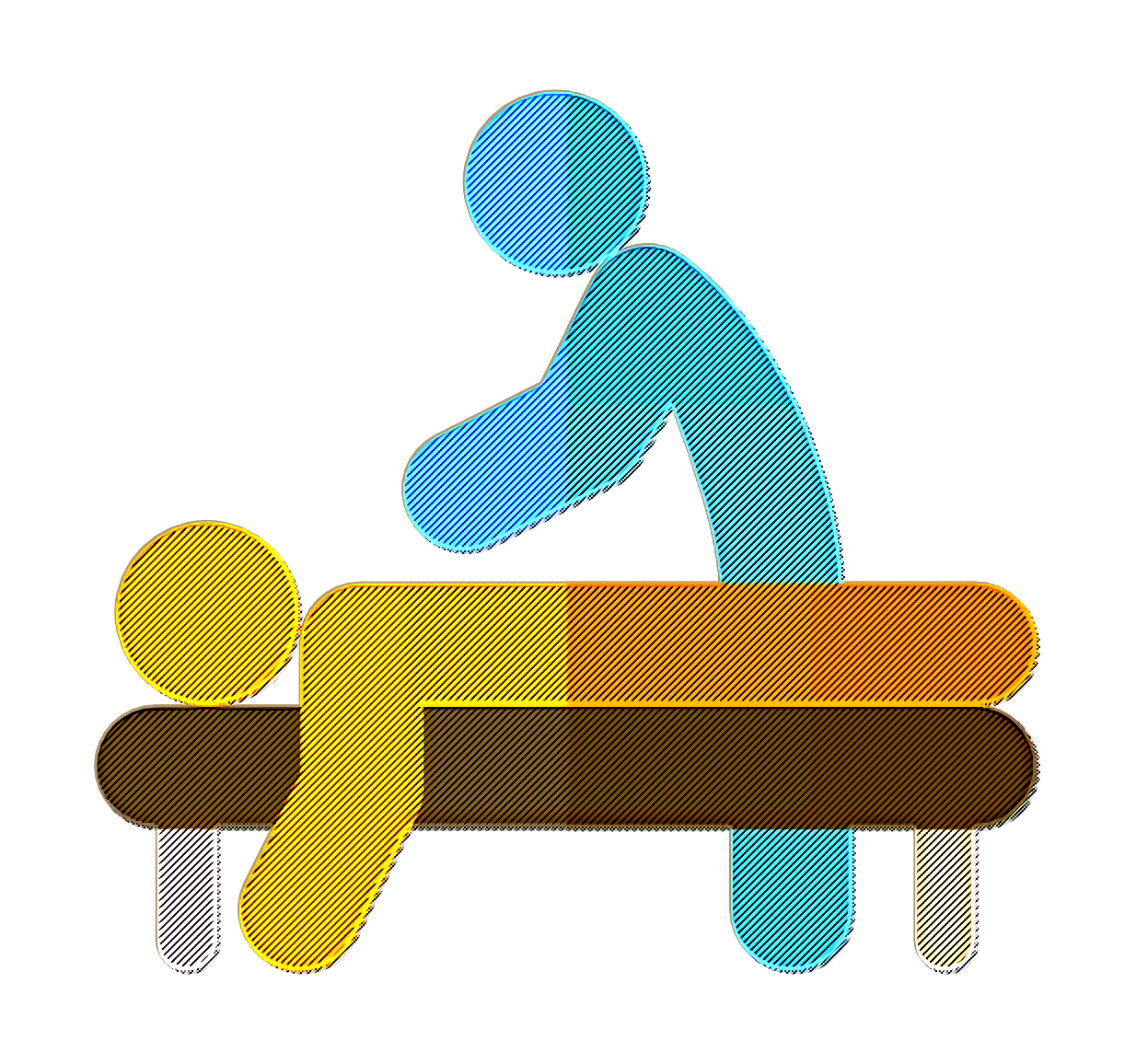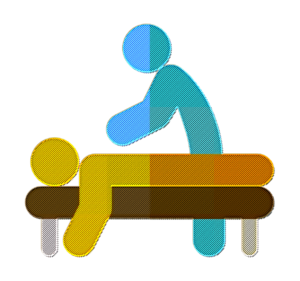When we talk of deep tissue massage, it is a type of massage that uses firm pressure and slower strokes targeting deeper layers of an individual’s muscles and fascia. Fascia refers to the connective tissue that surrounds muscles. Deep tissue massage is used for chronic pain and aches. It is also used for contracted areas including the upper back, stiff neck, leg muscle tightness, low back pain, and sore shoulders.
Similar to Swedish massage, this form of massage targets muscle groups that are closest to the joints and bones. A massage therapist applying this form of massage aims at realigning your muscles and relieving tension or pain. During the massage, special massage oils are used and a therapist applies pressure using his or her hands to the affected area. The good thing about the massage is that it can reach multiple layers of a person’s muscle fibers through the slow movements and firm pressure.
How Does Deep Tissue Massage Work?
You may find that some of the strokes applied by a therapist feel like those of Swedish massage, however, with deep tissue massage, it’s not the same thing as just having the regular massage using deep pressure. This form of massage is mainly used to help break up scar tissues. It physically helps break down muscle knots and adhesions (bands of painful, stiff tissue) which tend to interfere with circulation and cause pain, limit range of motion, or even inflammation.
A therapist will first warm up the body of the individual receiving the massage by applying some light pressure. This preps the body for the actual massage work. The therapist will then apply specific techniques some of which include:
- Friction – Referring to pressure that is applied across muscle grain to release adhesions. This pressure also realigns tissue fibers.
- Stripping– Referring to deep, gliding pressure that is applied along the length of muscle fibers. In this technique, the massage therapist uses his or her elbow, forearm, thumbs, and knuckles.
What are The Benefits of Deep Tissue Massage?
This form of massage is used to address various, specific problems including chronic muscle pain and rehabilitation from an injury. The following other conditions may also be managed using deep tissue massage:
- Sciatica pain
- Limited mobility
- Lower back pain
- Postural problems
- Repetitive strain injury, for example carpal tunnel syndrome
- Speeding up recovery from injuries like whiplash and falls
- Osteoarthritis pain
- Muscle tension occurring in the glutes, hamstrings, quadriceps, legs, upper back, and rhomboids
- Tennis elbow
- Neck pain and upper back pain
- Fibromyalgia
- Piriformis syndrome
People who have received deep tissue massage say that it offers effective relief from osteoarthritis pain compared to exercise and physical therapy. In a survey that was published in Consumer Report magazine, it says that 34,000 individuals said deep tissue massage was more effective when it comes to relieving osteoarthritis pain compared to other therapies and treatment options like exercise, physical therapy, prescription medications, acupuncture, chiropractic, glucosamine, diet, and OTC drugs. This type of massage has also been ranked high for managing fibromyalgia pain. Individuals who get the massage notice improvement in their range of motion soon after the sessions.
What to Expect
People who would want to get deep tissue massage may want to know how it feels like. During the massage, an individual may feel discomfort, though not so pronounced. There may even be some pain and these happen when the therapist works on more sensitive areas such as scar tissue or adhesions.
In the event that you experience some pain in time of massage, it is important you inform the therapist. This may help him or her to adjust the massage technique or consider doing further preparation of the tissues in situations where superficial muscles feel tense. No one wants to endure pain in massage therapy, however, it can happen if the muscles are stiff, but it shouldn’t be hurting.
Because a therapist is applying firm strokes and pressure, it doesn’t mean that you should experience pain. Again, pain isn’t an indication that the massage technique is working. Actually, the body can become more tense as it responds to pain thereby making it hard for your therapist to get to the deeper muscles and tissues.
A therapist can use his or her hands, knuckles, fingertips, forearms, and elbows during the massage. The massage therapist may ask you to have a deep breath, especially when working on those tense areas. You may feel some soreness or stiffness after the massage, however, this should subside within a few days. If there is pain that doesn’t go away days after the massage or if you have any concerns, make sure you talk to the therapist. You may want to drink water after having the massage to help in flushing out metabolic waste from the body tissues.
Side Effects of Deep Tissue Massage
It is expected that a person who takes on deep tissue massage may have minor reactions and discomforts, but these should disappear shortly or within a few days. Some of the side effects include:
Lingering pain: The pressure technique applied when having deep tissue massage may make some people to experience pain. The pain may occur during and after the therapy session. Although pain during and after massage may seem alarming, it is a common symptom many people talk of and is actually expected. The muscle fibers will move during the strokes and presses and the stimulation may lead to some pain. The pain should be able to go away in a few days.
Muscle aches: After you have been in a deep tissue massage, your muscles will most likely feel sore. The reason is that the pressure and strokes penetrate the top layers of muscle to reach the deeper tissues. The muscles feel more relaxed something that makes you experience muscle aches or fatigue.
Headaches: It’s uncommon for individuals to experience headaches after deep tissue massage. In case you have headaches, you don’t have to stress over it. The reason you are having a headache after the massage is likely because of odd positioning of the head when getting the massage. You may also have pain that is induced because of pain coming from pressurized areas. You may have a headache if you had upper back or neck massage – the muscles close to the cranium, if they are massaged and release pressure or tension, they can cause a headache.
Other side effects that an individual having deep tissue massage may experience include:
- Sleepiness
- Inflammation
- Redness or heat on skin
- Bruising
- Worsened old injuries like wounds
- Nausea
Warning!
If you are planning to have deep tissue massage, you may want to know that it’s not safer for individuals who have blood clots such as deep vein thrombosis or thrombophlebitis. The blood clots may be dislodged, so talk to your doctor first if you are at risk of having blood clots or if you already have them. Some people who have osteoporosis may want to refrain from deep pressure when having the massage. If you had surgery, radiation, chemotherapy, and other serious medical procedures, it is worthy discussing it with your doctor before pursuing a deep tissue massage. The massage should not be performed directly over inflamed, bruised, infected skin, unhealed or open wounds, fragile bones, or a recent fracture.


Official Platform Uniswap Free Gateway go free $400! Click Here: https://telegra.ph/Official-Platform-Uniswap-Free-Gateway-11-30 ❤️